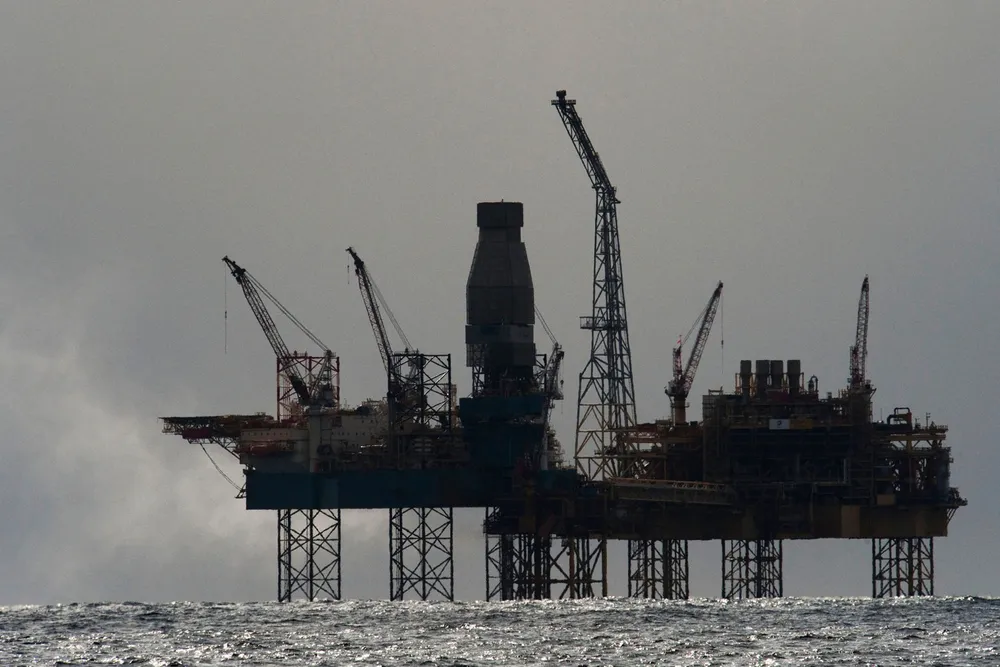Exploration and production spending not expected to rebound as upstream players look to diversify
Budgets predicted to stay below pre-Covid levels with next investment cycle focused on emissions reductions

Budgets predicted to stay below pre-Covid levels with next investment cycle focused on emissions reductions
